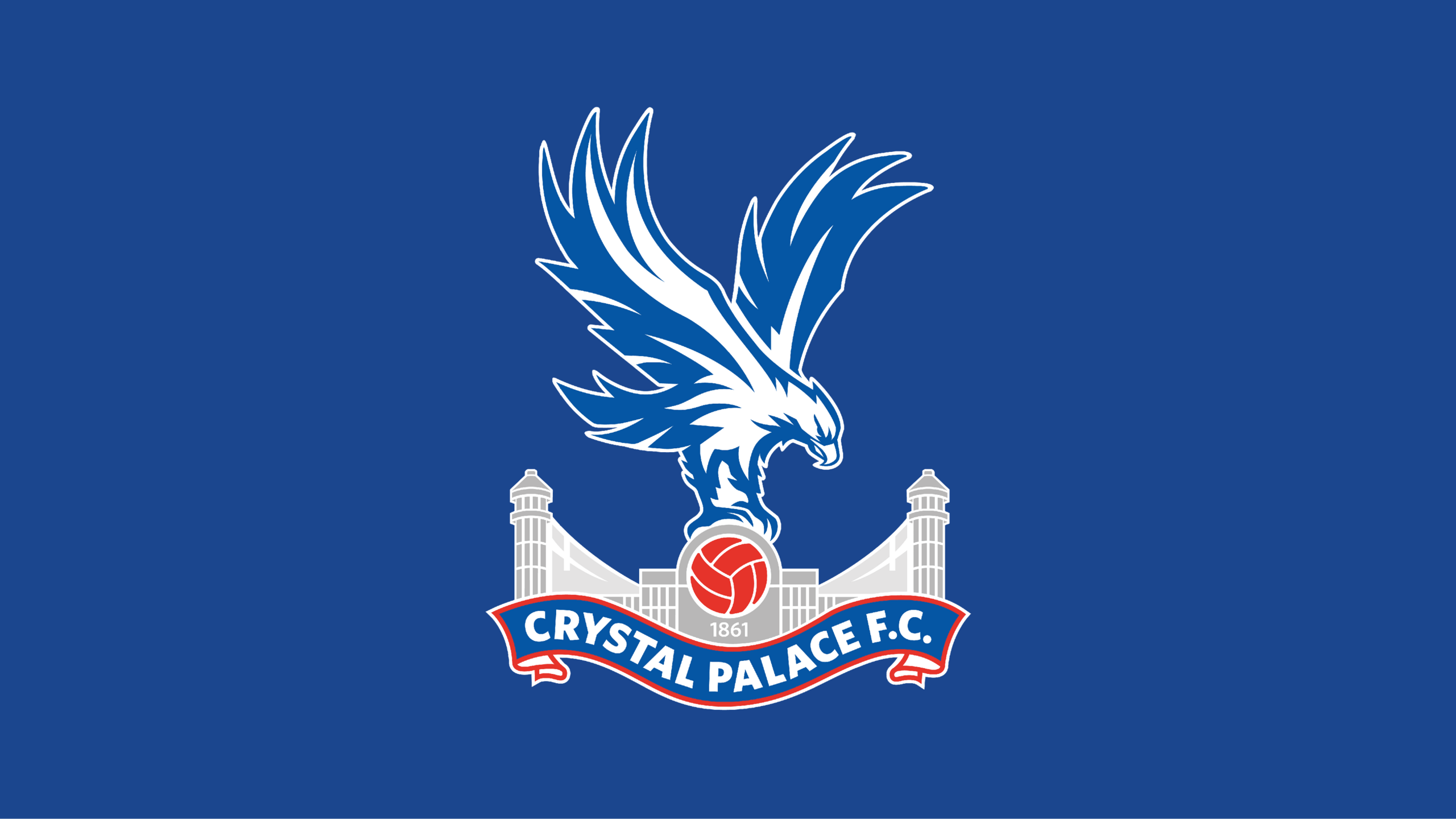Although they lost to Cardiff City, the experience solidified the club’s ambition to compete at the highest level of English football. The match provided valuable exposure, and the players returned to the drawing board, determined to improve and make their mark u888.
Rising to Prominence The Post-War Era Crystal Palace FC
The aftermath of World War II marked a new chapter in Crystal Palace FC‘s history, as the club sought to re-establish itself in the national football scene. The emergence of new talent and innovative strategies helped shape the trajectory of the club during this transformative period.
Emergence of New Talent
Following the war, many clubs faced challenges in rebuilding their squads due to the loss of players and resources. However, Crystal Palace FC capitalized on the opportunity to recruit young talents, focusing on developing homegrown players.
This emphasis on youth development laid the groundwork for the club’s future successes. By nurturing local talent, Crystal Palace FC not only strengthened its squad but also deepened its ties with the community. Fans took pride in seeing local boys donning the club’s colors, fostering a sense of belonging and loyalty.
Some standout players emerged during this period, captivating fans with their skill and determination. Notable names from this era include Johnny Byrne and Albert “Albie” Jones, who left an indelible mark on the club’s history. Their contributions helped elevate the team’s performance and solidify its place in the hearts of supporters.
Key Moments Shaping the Club
The post-war years were filled with dramatic highs and lows, but certain key moments stand out in the club’s history. One such moment was the arrival of manager Arthur Rowe in the early 1950s, who implemented the “push-and-run” style of play that captivated fans.
Under Rowe’s guidance, Crystal Palace FC enjoyed a successful run, including winning the Second Division title in 1961. This achievement paved the way for a new era of competition in the First Division, where the club could showcase its talents against some of the greatest teams in England.
However, the club’s fortunes soon fluctuated, experiencing relegation in the subsequent years. Despite facing adversity, the tenacity displayed by the players ensured that the team remained a force to be reckoned with.
The Glory Days of the Late 1960s and Early 1970s
The late 1960s and early 1970s are considered a golden age for Crystal Palace FC, marked by exciting performances and noteworthy achievements. The club’s resurgence can be attributed to the arrival of influential figures like manager Bert Head, who instilled a winning mentality within the squad.
One highlight of this period was the club’s historic promotion to the top tier of English football in 1969. The team’s attacking flair and resilience captured the attention of fans across the nation, further solidifying their status in the football world.
Supporters flocked to Selhurst Park to witness thrilling matches, creating an electric atmosphere that reverberated throughout the stadium. The camaraderie between players and fans developed into something extraordinary, resulting in a tightly-knit community rallying behind their beloved club.
Struggles and Resilience in the 1980s
Despite the successes of the previous decades, the 1980s brought challenges for Crystal Palace FC. A series of managerial changes and financial difficulties threatened the very fabric of the club.
However, the resilience of the players and support from loyal fans proved crucial during this tumultuous period. The arrival of Steve Coppell as manager in 1984 signaled a turning point, as he focused on stabilizing the team amidst adversity.



